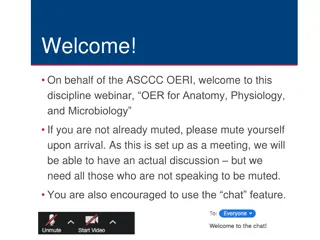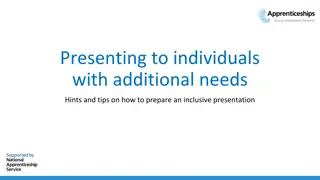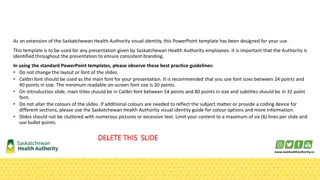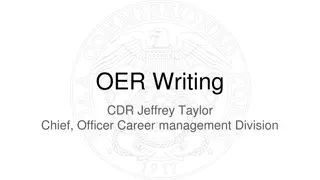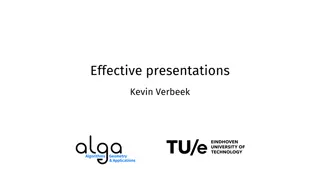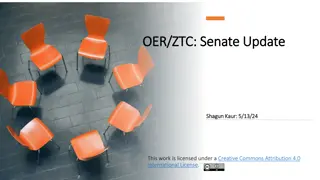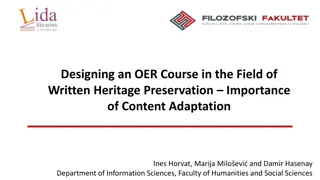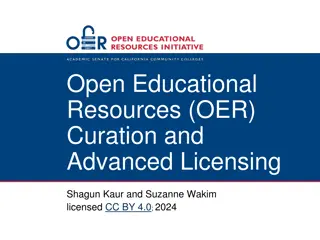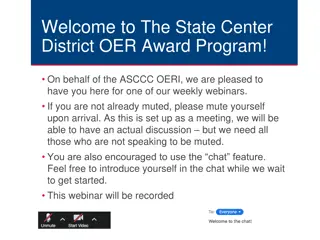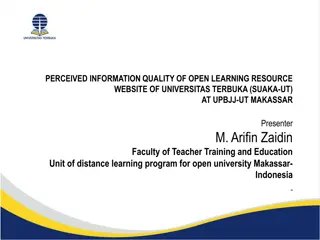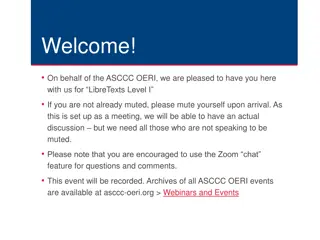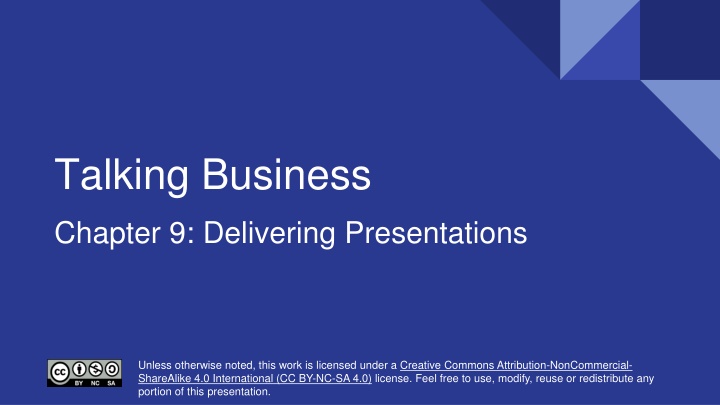
Delivering Effective Presentations: Methods, Preparation, and Practice
Learn about different methods of speech delivery, key elements in preparing to deliver a speech, and how to enhance your speech delivery through specific techniques. Discover the importance of delivery, various presentation delivery methods, tips for preparing for your delivery, and the benefits of practicing your delivery.
Download Presentation

Please find below an Image/Link to download the presentation.
The content on the website is provided AS IS for your information and personal use only. It may not be sold, licensed, or shared on other websites without obtaining consent from the author. If you encounter any issues during the download, it is possible that the publisher has removed the file from their server.
You are allowed to download the files provided on this website for personal or commercial use, subject to the condition that they are used lawfully. All files are the property of their respective owners.
The content on the website is provided AS IS for your information and personal use only. It may not be sold, licensed, or shared on other websites without obtaining consent from the author.
E N D
Presentation Transcript
Talking Business Chapter 9: Delivering Presentations Creative Commons Attribution-NonCommercial-ShareAlike 4.0 International (CC BY-NC-SA 4.0) Creative Commons Attribution-NonCommercial-ShareAlike 4.0 International (CC BY-NC-SA 4.0) Unless otherwise noted, this work is licensed under a Creative Commons Attribution-NonCommercial- ShareAlike 4.0 International (CC BY-NC-SA 4.0) license. Feel free to use, modify, reuse or redistribute any portion of this presentation.
Learning Outcomes At the end of this chapter, learners will be able to: Identify the different methods of speech delivery. Identify key elements in preparing to deliver a speech. Explain the benefits of delivery-related behaviours. Utilize specific techniques to enhance speech delivery.
9.1 Methods of Presentation Delivery The Importance of Delivery: Delivery is what you are probably most concerned about when it comes to giving presentations. Photo by Gerd Altmann, Pixabay License
9.1 Methods of Presentation Delivery 1. Impromptu Speaking Take a moment to collect your thoughts and plan the main point you want to make. Thank the person for inviting you to speak. Deliver your message, making your main point as briefly as you can while still covering it adequately and at a pace your listeners can follow. If you can, create some structure, using numbers if possible. Thank the person again for the opportunity to speak. Stop talking. If in front of an audience, don t keep talking as you move back to your seat.
9.1 Methods of Presentation Delivery 2. Manuscript Presentations Manuscript presentations are the word-for-word iteration of a written message. 3. Extemporaneous Presentations Extemporaneous presentations are carefully planned and rehearsed presentations, delivered in a conversational manner, using brief notes. 4. Memorized Speaking Memorized speaking is the recitation of a written message that the speaker has committed to memory.
9.2 Preparing For Your Delivery Being prepared to deal with different presenting situations can help reduce anxiety around giving a speech: Using Lecterns Large spaces Small spaces Outdoors Using a Microphone Small Audience Size Photo by Mohamed Hassan, Pixabay License
9.3 Practicing Your Delivery Practice Your Presentation Out Loud Practice Your Presentation Standing Up Practice Your Presentation with an Audience Practice Your Presentation for Time Practice Your Presentation by Filming Yoursel Photo by Gerd Altmann, Pixabay License
9.4 What to Do When Delivering Your Speech The interplay between the verbal and nonverbal components of your speech can bring the message vividly to life, or it can confuse or bore the audience. Photo by Gerd Altmann, Pixabay License
9.4 What to Do When Delivering Your Speech Hands Use your hands as naturally as you would in normal conversation. Feet Stand shoulder-width apart, keeping your knees slightly bent. Objects Bring only what you need to give your presentation. Clothing Dress professionally, based on the culture of your organization. Eye Contact Eye contact is an extremely important element of your delivery. Rate The speed you say the words of your speech makes a difference. Vocalized Pauses Everyone uses pauses to some degree, but not all are problematic.
9.5 Conclusion Good delivery is meant to augment your presentation and help convey your information to the audience. Anything that potentially distracts your audience means that fewer people will be informed, persuaded, or entertained by what you have to say. Practicing your presentation in an environment that closely resembles the actual situation you will be speaking in will better prepare you for what to do and how to deliver your speech when it really counts. Photo by VARAN VARAN, Pixabay License
Reflection Activity Returning to Abe s story, where she felt well-prepared but became nervous in the moment of her presentation, what did you learn in this chapter that might be useful for her (or for yourself) related to last minute nerves? What about Abe s colleague Chris. He was very unprepared for his presentation. What have you learned in this chapter about preparation?

